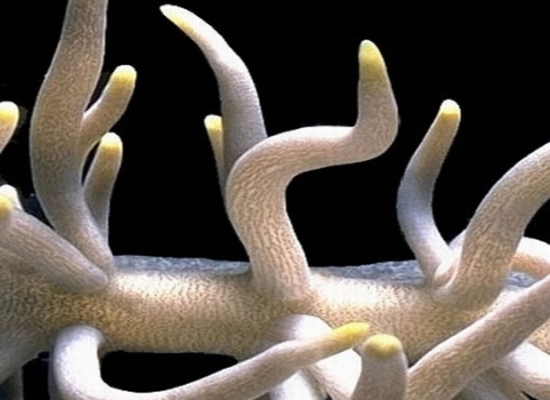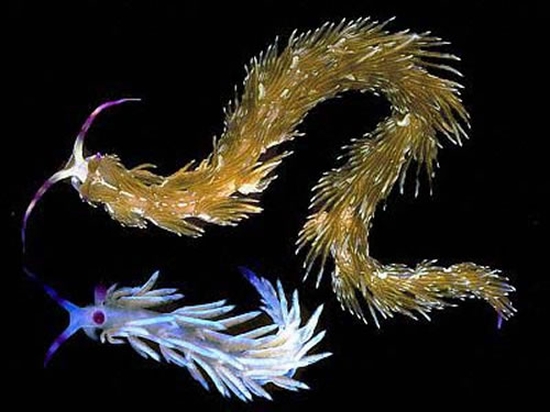
There has been a break through in the field of research with Dr Ingo Burghardt’s discovery of solar powered nudibranchs. The marine zoologist developed interest in these carnivorous sea slugs when he was an undergraduate student at the University of Bochum in Germany. His doctoral thesis investigated the ecology, diversity and evolutionary history of these bizarre invertebrates and he has been awarded one year postdoctoral scholarship by the German Science Foundation to gain a better insight into how nudibranchs might respond to climate change.

Nudibranch:
Nudibranchs getting its name from the prominent tufts of gills present on these slugs’ dorsal surface are snails without shell. It is generally the plants, which have the ability to convert sunlight to food through a process called photosynthesis. But, the nudibranch are colonial animals that have a symbiotic relationship with microscopic algae know as zooxanthellae, and have evolved a means of farming the algae to take to produce sugar and other nutrients. They feed on soft corals, like hydroids are able to remove the algae intact from the coral’s tissues and store them in their own cerata, their finger-like projections that contain ducts of the slug’s digestive gland. Within the cerata the algae continue to photosynthesize and provide their host with an ongoing supply of manufactured sugars. This results in giving then the name ‘solar powered’.
Various types of nudibranchs:
There are many different species of nudibranchs, which have evolved over the years. Phyllodesmium longicirrum is a nudibranch that captures and farms the symbiotic, microscopic plants from its soft-coral prey Sarcophyton in its large flattened cerata. The finger-like projections act as solar paddles, with the digestive glands forming a ring-like garden around the paddles.
One of the most amazing nudibranch is Pteraeolidia ianthina. This blue dragon nudibranch found along the coast of Australia and throughout tropical and subtropical Indo-west Pacific develop their own crop of photosynthetic algae, possibly by feeding on small hydroids with symbiotic zooxanthellae.
Dr Ingo Burghardt’s remarkable reasearch:
Dr Burghardt’s research makes him a firm believer of nudibranchs being good model organisms. He performed experiment in a laboratory using a flow through system and PAM (pulse amplitude modulated) fluorometry techniques to measure effects of elevated water temperatures, high irradiance and low salinity on photosynthetic activity. The studies showed that despite zooxanthellae remain healthy but soft corals die when temperature reaches above 32° C, while the opposite is witnessed in case of nudibranchs. In case of nudibranchs, the animal host survives but the symbionts show reduced photosynthetic ability causing PAM values to drop. He has now on his way to study about Ptaraeolidia ianthina that lives in both tropical and temperate water and house different types of zooxathellae.

